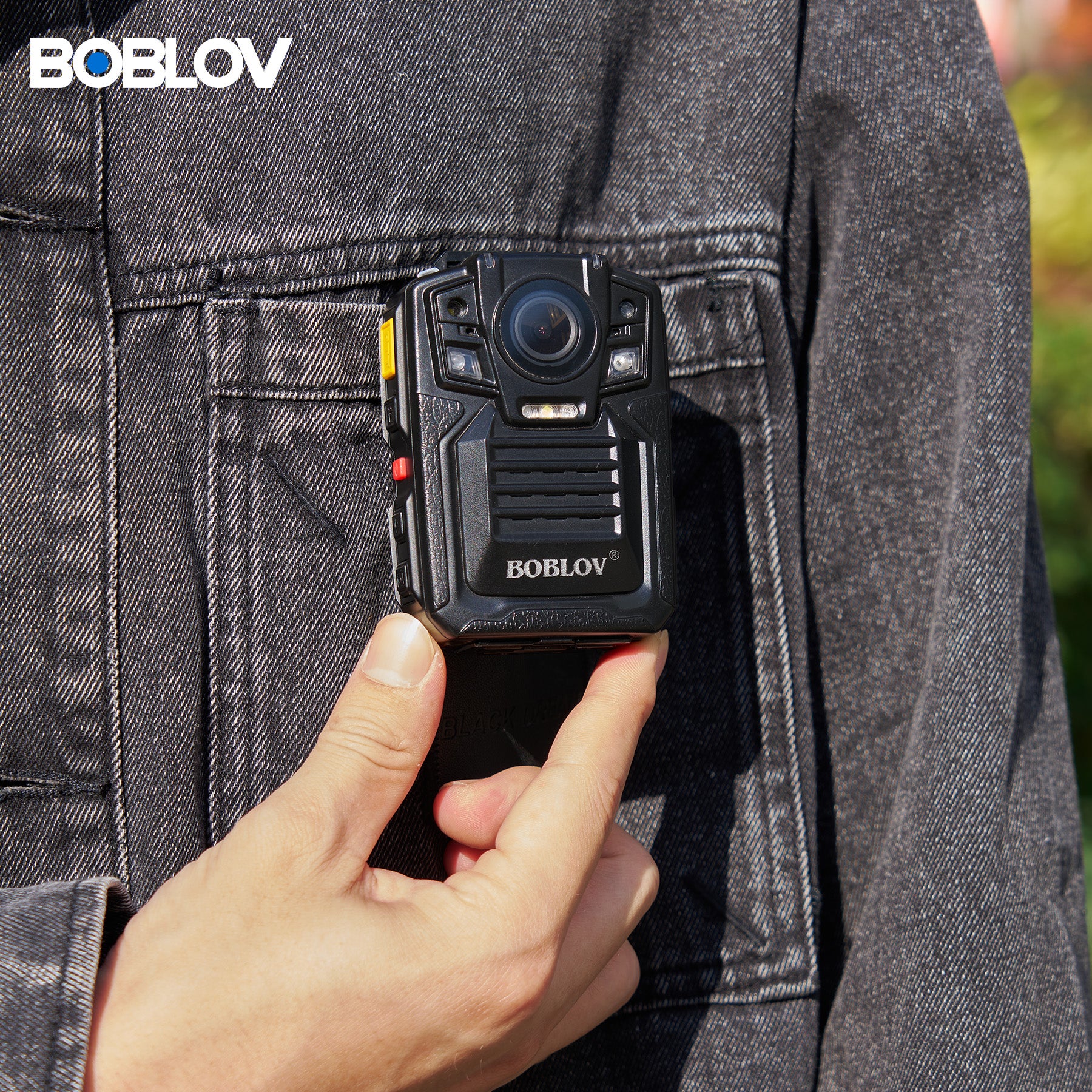Understanding the Technology Behind Boblov Cameras
How Boblov Cameras are Revolutionizing Video Recording
Boblov cameras are changing the game in video recording. These devices offer high-quality footage in a compact size. They're easy to use and wear, making them ideal for law enforcement.

Boblov body cameras capture clear images in various light conditions. This is crucial for gathering evidence. The cameras also have long battery life, allowing for extended recording times.
One key feature is the ability to record audio along with video. This provides a more complete picture of events. The cameras also have night vision capabilities, ensuring usable footage in low light.
Boblov cameras store data securely. This helps maintain the integrity of evidence. Many models offer cloud storage options, making it easy to access and share footage when needed.
Technical Superiority: An In-Depth Look at Boblov's Innovations
Boblov's technical innovations set them apart in the field. Their cameras use advanced image sensors for crisp, clear video. This results in footage that's more useful in court.
The cameras feature wide-angle lenses, capturing a broader view of scenes. This helps provide context and reduces blind spots. Some models offer 360-degree recording for complete coverage.
Boblov has improved data compression techniques. This allows for longer recording times without sacrificing quality. It also makes file storage and transfer more efficient.
Many Boblov cameras include GPS tagging. This feature adds location data to footage, which can be crucial in investigations. Some models also offer live streaming capabilities for real-time monitoring.
The Legal Implications of Using Boblov Cameras in the United States
Navigating the Complexities of Video Evidence in Criminal Cases
Video evidence from Boblov cameras can be powerful in criminal cases. However, its use comes with legal challenges. Courts must consider factors like authenticity and privacy rights.

Admissibility of video evidence varies by jurisdiction. Some states have specific laws about body camera footage. Others rely on general rules of evidence. Lawyers must be familiar with local regulations.
Chain of custody is crucial for video evidence. Boblov cameras help by timestamping footage and tracking access. This can help prove that evidence hasn't been tampered with.
Privacy concerns arise when cameras record in private spaces. Courts must balance public safety with individual rights. Clear policies on when to record can help address these issues.
The Role of Boblov Cameras in Enhancing Security and Surveillance
Boblov cameras play a vital role in modern security and surveillance. They provide an objective record of events, which can be invaluable in investigations.
In public spaces, these cameras can deter crime and help identify suspects. They also protect both civilians and law enforcement by providing an unbiased account of interactions.
For businesses, Boblov cameras offer enhanced security options. They can monitor entries, exits, and high-risk areas. This footage can be used to prevent theft and resolve disputes.
However, the use of surveillance cameras raises ethical questions. There's a need to balance security with privacy rights. Clear guidelines on camera use and data storage are essential.
Best Practices for Law Enforcement Agencies
Integrating Boblov Cameras into Surveillance Strategies
Law enforcement agencies should develop clear policies for using Boblov cameras. These policies should cover when to record, how long to store footage, and who can access it.

Agencies should consider using Boblov cameras in high-crime areas. They can also be useful during traffic stops and other routine interactions. The goal is to balance surveillance needs with community trust.
It's important to have a system for organizing and retrieving footage. This makes it easier to use video evidence in investigations and court cases. Cloud storage solutions can be helpful for this.
Agencies should also have plans for maintaining and updating their camera systems. Regular checks ensure that cameras are working properly when needed. Staying current with technology helps maximize the benefits of using Boblov cameras.
Training Officers for Effective Use of Boblov Cameras
Proper training is crucial for effective use of Boblov cameras. Officers should know how to operate the devices and when to use them. This includes understanding legal and ethical considerations.
Training should cover basic camera operation and troubleshooting. Officers need to know how to turn cameras on and off, and how to ensure they're recording properly.
It's important to teach officers about the importance of video evidence. They should understand how their actions on camera can impact cases. This includes being aware of their language and behavior while recording.
Role-playing exercises can be helpful in training. These can simulate real-world scenarios where officers might use their cameras. This hands-on practice can improve comfort and proficiency with the technology.
Agencies should also provide ongoing training as policies and technologies evolve. Regular refresher courses can help ensure that all officers are up to date on best practices for using Boblov cameras.




